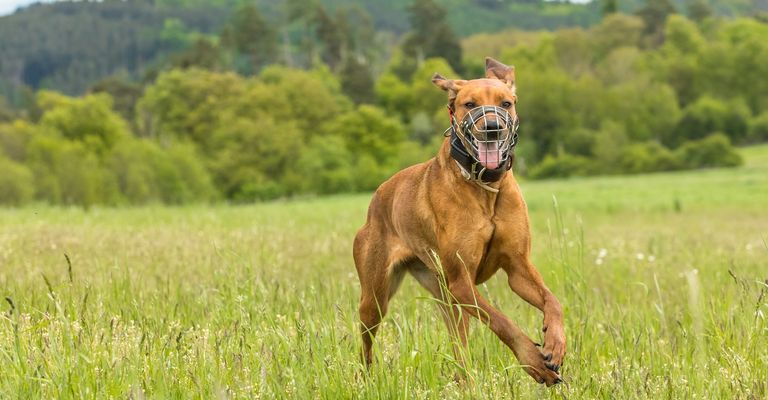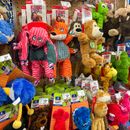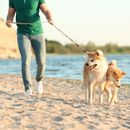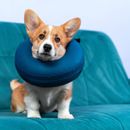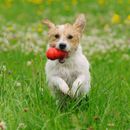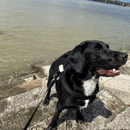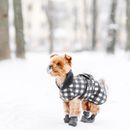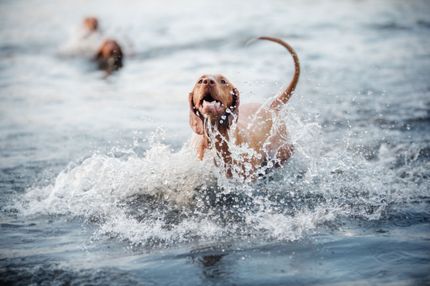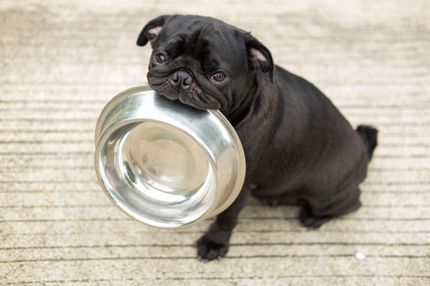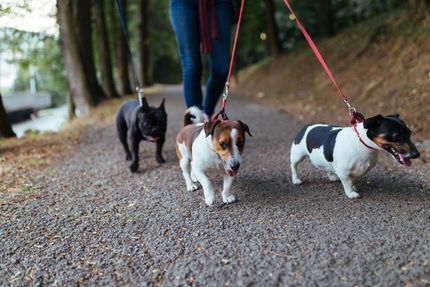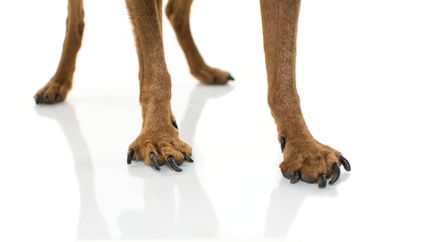To determine the appropriate muzzle length, measure from the tip of the nose to the stop (root of the nose). For breeds where the stop is difficult to see, measure to an imaginary line between the eyes.
How to measure the muzzle perfectly
Measuring perfectly for a muzzle requires accuracy to ensure the muzzle fits comfortably and securely. Here's how to get the right measurements for your dog:
1. muzzle length:
- Start by measuring from the tip of your dog's nose to the stop. The stop is the point where the nose joins the skull. In some dogs, especially those with flatter facial features, the stop can be difficult to see.
- Measure the length in a straight line and record the measurement in centimeters.
2. mouth width:
- Measure the width of the mouth by measuring your dog's muzzle directly in front of the eyes, at the widest part of the mouth.
- Repeat the measurement in a straight line and record the measurement in centimeters.
3. circumference of the mouth:
- Measure the circumference of your dog's closed mouth. This may be easier if your dog has a treat or something else to chew on to accept the muzzle.
- Write down the measurement in centimeters.
4. height of the muzzle:
- Measure the height of the muzzle by measuring from the dog's lower jaw to the top of the nose. This is important to make sure the muzzle has enough room for the nose.
- Again, measure in a straight line and record the measurement in centimeters.
5. neck circumference:
- To ensure that the muzzle can be securely fastened, measure the circumference of your dog's neck, at about the level of the nape.
- Make a note of this measurement as well.
Note that muzzles come in a variety of styles and designs, from baskets to fabric or leather straps. Depending on the type of muzzle, it may be necessary to consider different measurements.
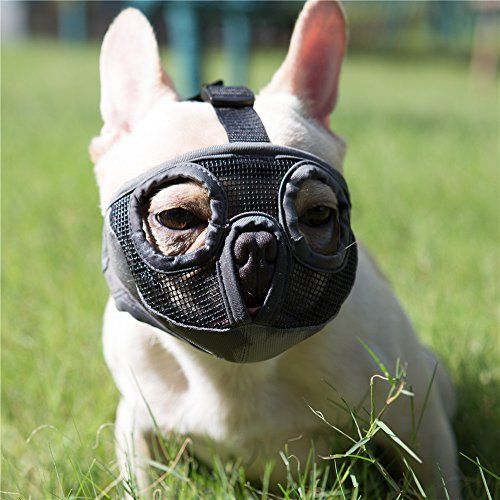
Tips for the perfect muzzle comfort:
- Clear view and room to pant: Your four-legged friend should have an unobstructed view and be able to pant easily.
- Adjustable straps: These allow for a custom fit.
- Padded noseband: This prevents uncomfortable pressure on the muzzle.
- Head strap position: The strap should be behind the dog's ears to avoid pressure points.
- Distance to the nose: A distance of 1-2 cm between the muzzle and the nose ensures that the nose does not touch the muzzle.
- No pressure on the cheeks: The muzzle should not press or rub.
- Drinking and panting: a suitable muzzle allows the dog to drink and pant comfortably.
Important information about muzzles and their applications
Muzzles are useful tools to ensure the safety of dogs and people while keeping the welfare of the animal in mind. Here is some additional important information about muzzles and when they are needed:
- Public Space Safety: Many countries and regions have laws that require the use of muzzles for certain breedsof dogs or in certain situations. It is important to be aware of local regulations and comply with them to avoid legal consequences.
- Behavioral problems: a muzzle can be helpful when a dog exhibits behavioral problems such as excessive barking, biting or chewing. It protects other people and animals while you work to resolve these issues.
- Vet visits: muzzles can also be helpful during vet visits, especially if the dog is fearful or aggressive. This ensures the safety of the vet and medical staff.
- Training and Socialization: a muzzle can be part of the training process to get your dog used to new situations or other animals. It allows you to control interactions and keep your dog safe.
- Poison bait protection: In regions where poison bait placement is a problem for dogs, a muzzle can be a life-saving precaution. It prevents the dog from ingesting dangerous substances.
- Travel and flying: When traveling with your dog, it may be necessary to wear a muzzle, especially on public transportation or flights. Check the specific requirements of the airline or carrier. Positive training is also important for travel : introducing a muzzle should always be done with positive training and patience. Your dog should not associate the muzzle with punishment or negative experiences.
- Fit and Comfort: Proper fit is critical. Make sure the muzzle does not chafe, pinch or cause uncomfortable friction. A well-fitting muzzle will not interfere with the dog's natural behavior, panting or drinking.
- Supervision: even if your dog is wearing a muzzle, it should never be left unattended. It's important to continue to keep an eye on your dog's interactions and behavior, and veterinary advice: when choosing a muzzle and how to use it, it's wise to seek advice from a veterinarian or professional dog trainer. They can make individualized recommendations based on your dog's needs and behavior.
The proper use of muzzles can help make dog-human coexistence safer and more enjoyable, as long as they are used with care and understanding.
Which dog breeds must wear a muzzle in Austria
In Vienna, Austria, specific regulations apply to dogs that are considered dangerous or categorized as list dogs. These dogs are usually required to wear a muzzle and are subject to certain requirements.
Muzzling requirements and other regulations may change over time, so it is important to consult the current laws and regulations of the City of Vienna or contact the relevant authority directly for accurate information. It is also advisable to contact local veterinarians or dog trainers for recommendations and compliance assistance.
It is important to note that muzzling regulations may typically apply to certain breeds or to dogs of a certain behavior or size, and not all dogs in Vienna are required to wear a muzzle.
